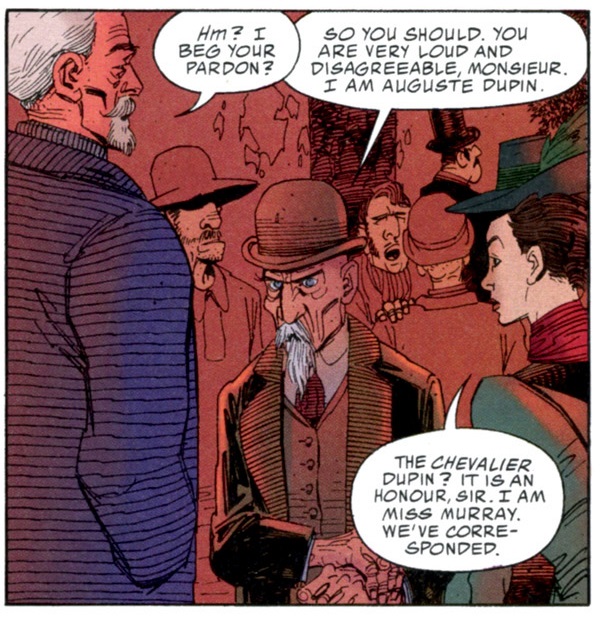


Dupin was infatuated with darkness and fond of “seeking, amid the wild lights and shadows of the populous city, that infinity of mental excitement which quiet observation can afford.” Such traits tinged both detectives with characteristics and vulnerabilities which played off their ubiquitous talents and rendered them more relatable. Holmes was a cocaine addict, played violin all hours of the night, and fancied indoor target practice. Both possessed quirks–if Holmes was eccentric, even socially awkward, Dupin was downright reclusive. How did Poe and Conan Doyle create such compelling, enduring protagonists and how can you do the same? Unique Qualitiesīoth sleuths displayed a singular intellect and disarming capacity for observation and deductive reasoning. Improve Your Writing by Building Legendary Characters Here are four great lessons the Holmes-Dupin case illuminates for any writer. But its greatest worth resides not in declaring a victor, but in culling gems from the literary treasure chest which was the genius of both.
#Auguste dupin how to#
Dupin debate is a spirited one, freighted with valuable literary insights on how to improve your writing. The character and the incipient tale in which he appeared (Poe would only pen two additional Dupin stories) were progenitors for the term, the genre, and all future sleuths who would stake out territory within it-none more famously than Mr.

Auguste Dupin first greeted the world in 1841 in Edgar Allan Poe’s The Murders in the Rue Morgue. Yet the term “detective” had not yet been coined when one C. “Now, in my opinion, Dupin was a very inferior fellow.– A Study in Scarlet by Sir Arthur Conan Doyleįighting words-within the detective genre, anyway. “No doubt you think that you are complimenting me in comparing me to Dupin,” he observed.


 0 kommentar(er)
0 kommentar(er)
